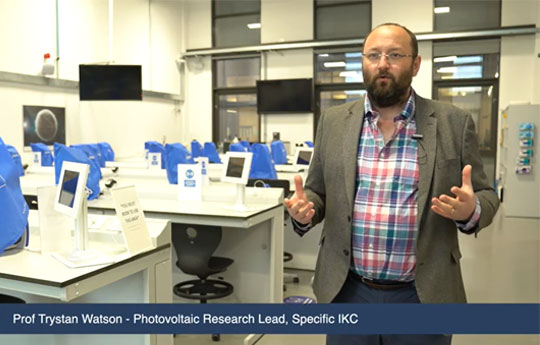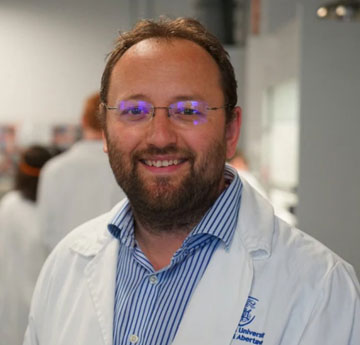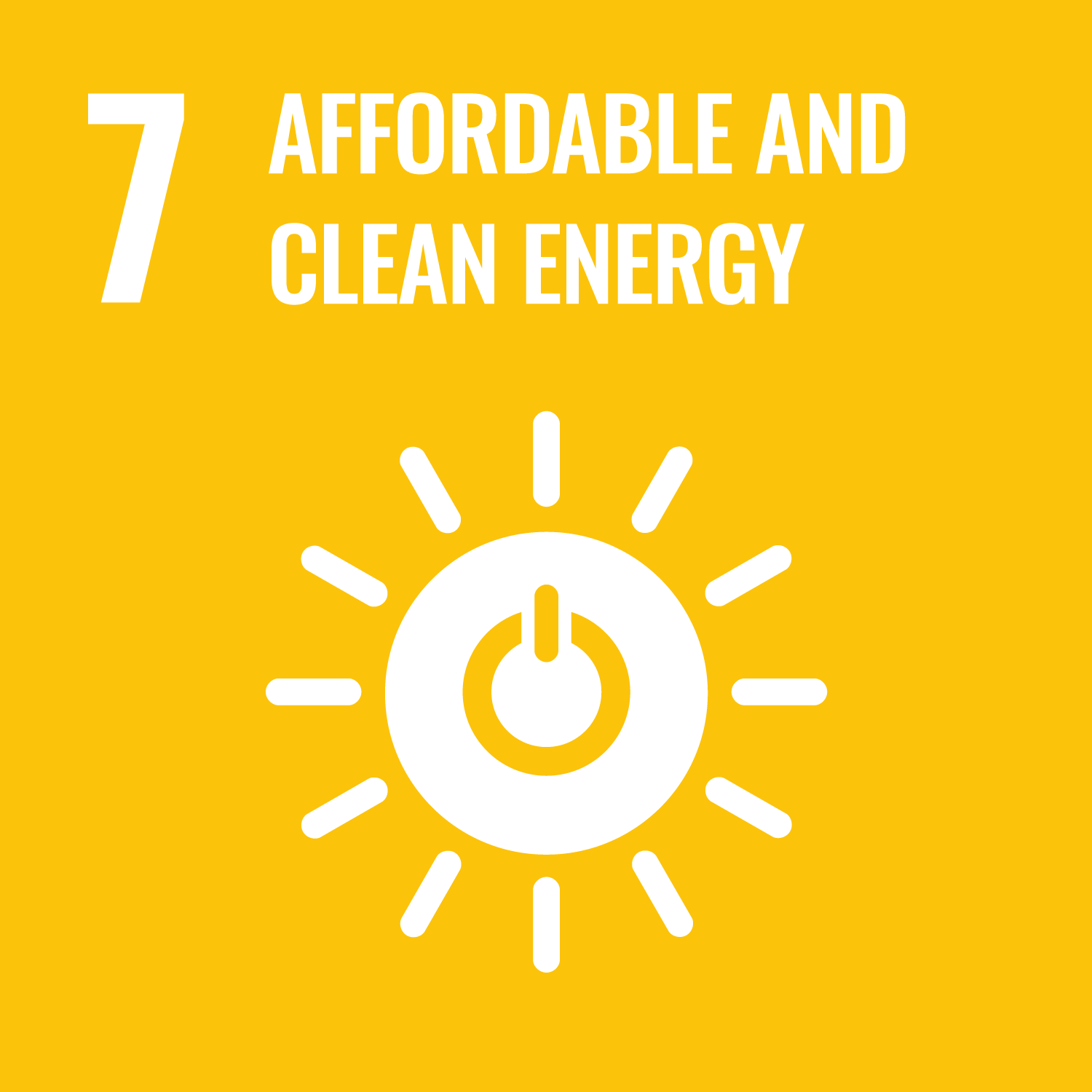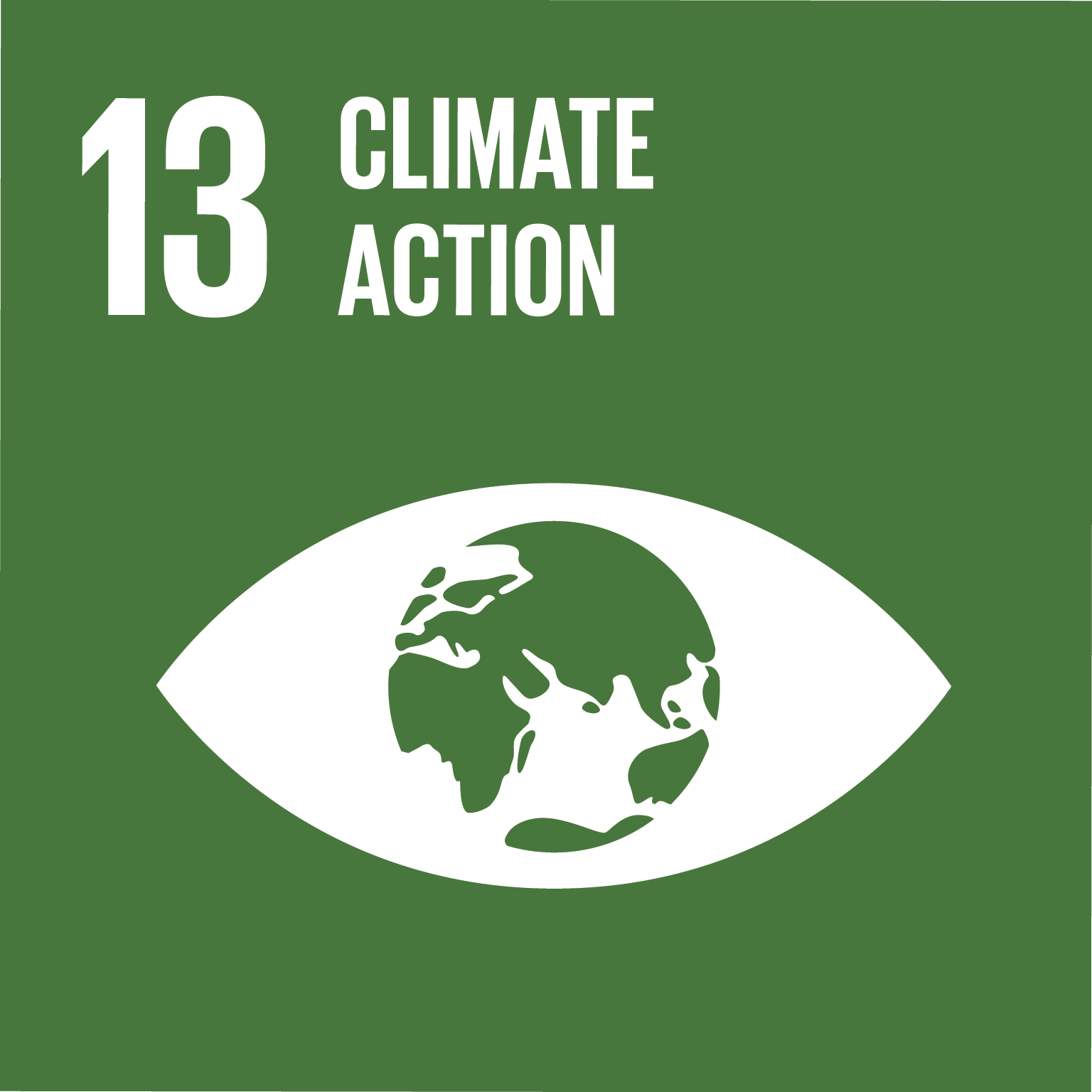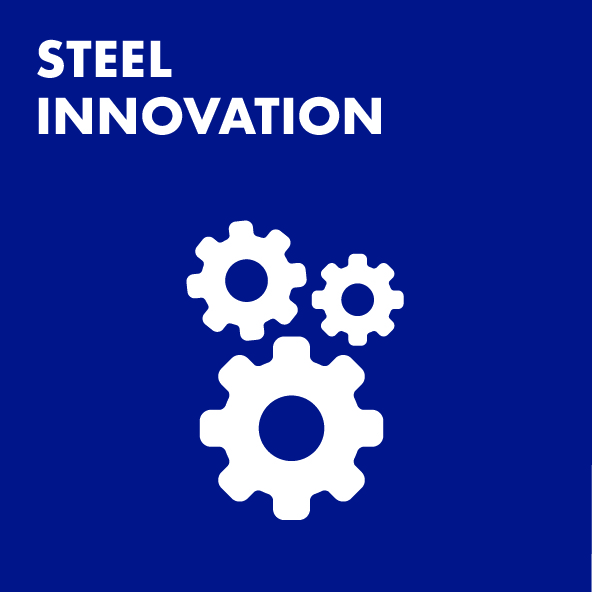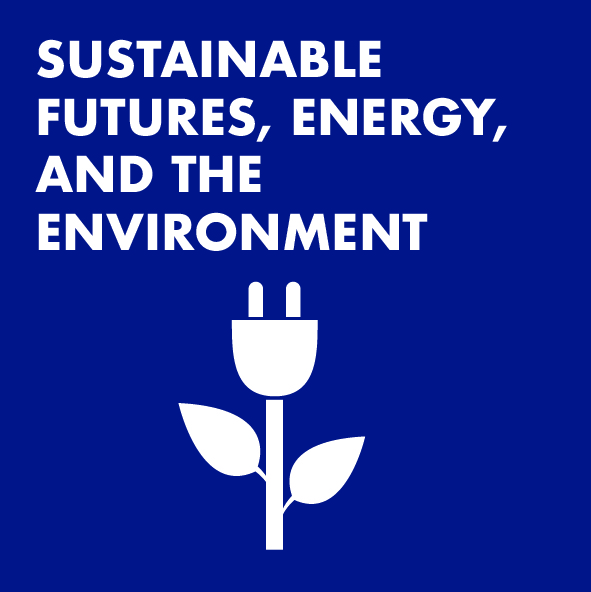The Challenge
Buildings are responsible for around 40% of the UK’s energy consumption and associated carbon emissions. Professor Trystan Watson's Printed Photovoltaics (PV) research group is developing a range of solar cell technologies and processing techniques that will allow high-efficiency thin-film photovoltaics to be manufactured at scale using earth-abundant, low cost materials. These technologies focus on the decarbonisation of heat and power in buildings, for the benefit of occupants and owners, wider society and the energy infrastructure.
Professor Watson's research group is working to understand the stability and lifetime of these devices, by characterising their degradation mechanisms and finding ways to improve longevity. The group is ‘technology agnostic’, which means that they work with the most promising photovoltaic technologies to find ways to manufacture them at scale.
Currently, the research is focussed on four distinct technologies:
- perovskites;
- CZTS (copper, zinc, tin, sulphur);
- organic photovoltaics;
- dye sensitised solar cells.
Using SPECIFIC's state-of-the-art pilot manufacturing facilities and collaborating with local business, the group works to determine the loss mechanisms associated with scale-up, reduce fabrication time and ensure the widest range of substrates by building devices on sheet processed glass and roll-to-roll metal or plastic.
The Impact
The research develops technology that feeds into the Active Buildings concept, where buildings generate, store and release their own heat and electricity from solar energy. The PV work specialises in the scale-up of technology from the lab to full-scale building demonstrations. As well as showcasing the technologies, our demonstrators are used to monitor and develop systems under realistic conditions and in a range of building uses.
The research is also exploring other applications of this technology, such as Perovskite for Aerospace.



